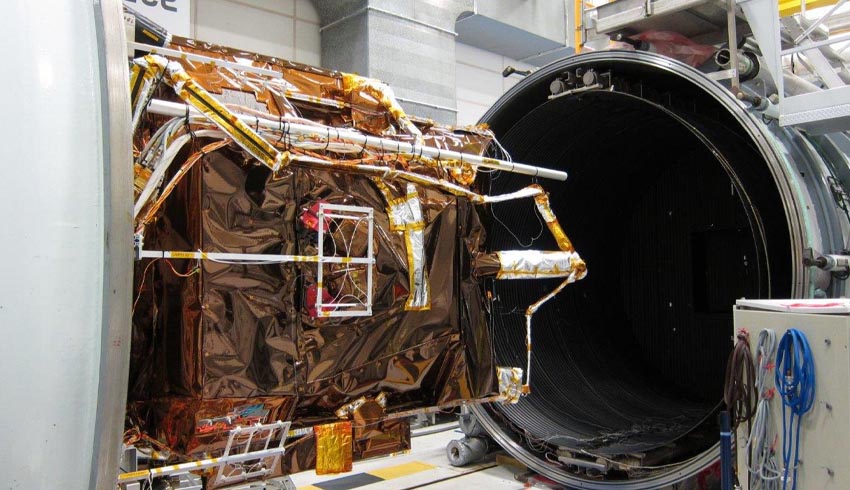During the tests, the satellites are subjected to extreme temperatures and vacuum, vibration and acoustic noise, as well as electromagnetic interference. This will ensure they can withstand the harsh conditions they will experience during launch and their mission in orbit.
These first two new generation very high-resolution satellites are on schedule for launch as planned in mid-2020. They will join the already world-leading Airbus constellation of optical and radar satellites, improving both the revisit and resolution capacities.
Entirely funded, manufactured, owned and operated by Airbus, Pléiades Neo will provide institutional and commercial customers with high-level insights for the next 12 years. Each satellite will be adding half a million square kilometres per day at 30-centimetre resolution to Airbus’ offering.
The images will be streamed into the OneAtlas online platform, thanks to an innovative cloud-based ground segment architecture, allowing customers to have immediate access to freshly acquired and archived data as well as analytics.
Pléiades Neo will utilise the SpaceDataHighway to ensure the highest system reactivity, lowest latency and high volume data transfer.
Thanks to the very high communication bandwidth possible with lasers of up to 1.8 Gbit/s and the geostationary orbit positioning of the relay satellites, up to 40 terabytes per day can be transmitted securely in quasi-real-time to Earth, as opposed to the delay of several hours sometimes experienced today.
The four satellites will be equipped with reactive Ka-band terminals that will allow last minute tasking updates, even if the satellites are beyond their ground stations’ line of sight. This is an important asset for customers when it comes to the assessment of natural disasters and first line response for civil and military applications.
Entirely funded, manufactured, owned and operated by Airbus, Pléiades Neo is a breakthrough in Earth observation domain and will provide customers with high-level service continuity for the next 15 years.

